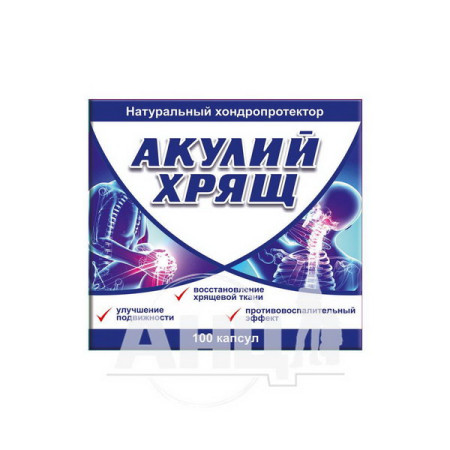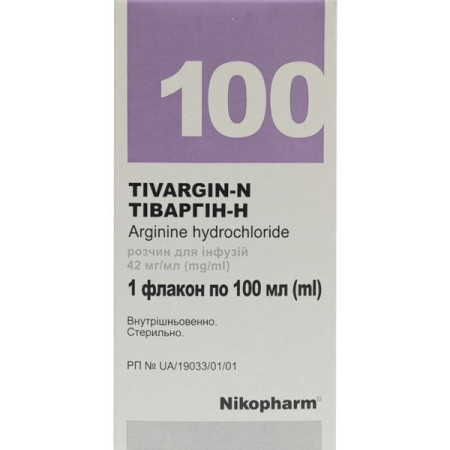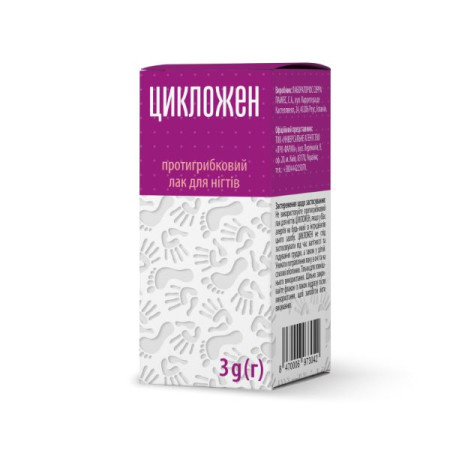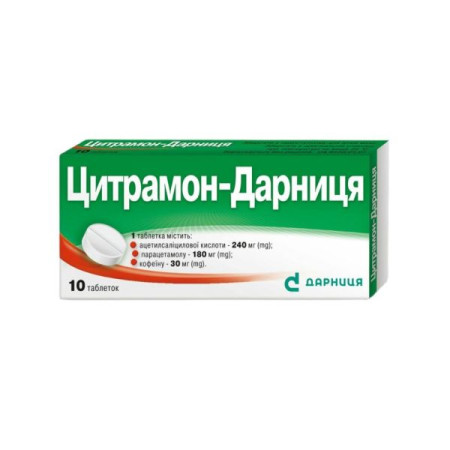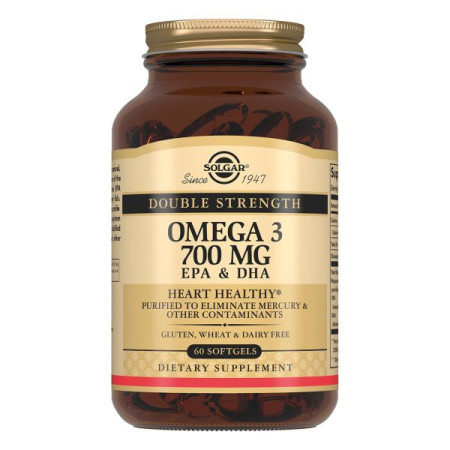Sodium chloride solution for infusion 0.9% glass bottle 100 ml

Instructions Sodium chloride solution for infusion 0.9% glass bottle 100 ml
Composition
active ingredient: sodium chloride;
1 ml of solution contains 9.0 mg of sodium chloride;
excipient: water for injections.
Dosage form
Solution for infusion.
Main physicochemical properties: clear colorless liquid.
Ionic composition per 1 liter of the drug: Na+ – 154 mmol, Cl¯ – 154 mmol.
Theoretical osmolarity is 308 mosmol/l, pH 4.5–7.0.
Pharmacotherapeutic group
Blood substitutes and perfusion solutions. Electrolyte solutions. ATX code B05X A03.
Pharmacological properties
Pharmacodynamics.
The pharmacodynamic properties of the solution are due to the properties of sodium and chloride ions, which are involved in maintaining the water and electrolyte balance of the body. Ions such as sodium penetrate the cell membrane using various transport mechanisms, including the sodium pump (Na-K-ATPase). Sodium plays an important role in the synaptic transmission of nerve impulses, electrophysiological processes in the heart, as well as metabolic processes in minks.
Most chlorides are extracellular anions. Intracellular chlorides are present in significant concentrations in erythrocytes and gastric mucosa. Reabsorption of chlorides occurs after sodium reabsorption.
Pharmacokinetics.
Sodium is excreted primarily by the kidneys, but a significant amount is reabsorbed in the kidneys. Small amounts of sodium are excreted in the feces and through sweating.
Indication
For the treatment of isotonic extracellular dehydration.
For the treatment of hyponatremia.
For dilution of compatible drugs for parenteral administration.
Contraindication
Hypersensitivity to the active substance or excipients.
The solution is contraindicated in patients with hypernatremia or hyperchloremia.
When using a medicinal product as a solvent, contraindications related to medicinal products that are dissolved must be taken into account.
Special safety measures.
Before adding the drug, check its solubility and stability in water with a pH range that matches the pH of 0.9% sodium chloride solution for infusion. The drug can be administered before or during infusion at the injection site.
Before administration, the solution should be checked for discoloration and/or precipitation, for the absence of undissolved particles or crystal formation. The physician should consult the package leaflet of the medicinal product to be added to sodium chloride 0.9%.
Adding other drugs or using an incorrect administration method may cause fever due to the administration of pyrogens. In case of an adverse reaction, the infusion should be stopped immediately.
Do not reuse a glass vial whose contents have been partially used.
Unused drug residues should be disposed of.
Interaction with other medicinal products and other types of interactions
The drug should be used with caution in patients treated with lithium. Renal clearance of sodium and lithium may increase during administration of sodium chloride 0.9%. The use of sodium chloride 0.9% may lead to a decrease in lithium levels. Corticosteroids/steroids and carbenoxolone are associated with sodium and water retention (with edema and hypertension) (see section "Special instructions for use"). Although sodium chloride is compatible with most solvents and drugs, their compatibility should be checked by reading the instructions for use of the drug intended for administration simultaneously with sodium chloride.
Application features
Patients with severe renal insufficiency.
Sodium chloride 0.9% should be used with particular caution in patients at risk of severe renal insufficiency. In such patients, the use of 0.9% sodium chloride may lead to sodium retention.
Risk of fluid and electrolyte overload, disruption of water and electrolyte balance.
Depending on the volume and rate of infusion, intravenous administration of 0.9% sodium chloride may cause:
− fluid or electrolyte overload, leading to hyperhydration/hypervolemia and, for example, to congestive phenomena, including central and peripheral edema;
− clinically significant disturbances of water and electrolyte balance and acid-base imbalance.
In general, the risk of hypervolemic states (water retention relative to sodium content) is inversely proportional to the electrolyte concentrations in 0.9% sodium chloride solution and its additives. Conversely, the risk of solute overload, causing stasis states (solute retention relative to water), is directly proportional to the electrolyte concentrations in 0.9% sodium chloride and its additives.
Special clinical monitoring is required at the beginning of any intravenous infusion.
Clinical evaluation and periodic laboratory monitoring may be necessary to monitor changes in fluid and electrolyte balance and acid-base balance during prolonged parenteral therapy or whenever the patient's condition or rate of administration warrants such evaluation.
Sodium chloride 0.9% should be used with extreme caution or not at all in patients who have the following disorders or are at risk of developing these disorders:
Hypernatremia: Rapid correction of hypernatremia can lead to cerebral edema, which in turn can cause seizures, irreversible brain damage, or death.
Hyperchloremia.
Metabolic acidosis, which may be aggravated by prolonged use of the drug, especially in patients with impaired renal function.
Iatrogenic hyperchloremic metabolic acidosis (e.g., during volume replacement with intravenous infusions).
Conditions that can cause sodium retention, fluid overload, and edema (central and peripheral):
− primary hyperaldosteronism;
− secondary hyperaldosteronism associated with hypertension, congestive heart failure, liver disease (including cirrhosis), kidney disease (including renal artery stenosis, nephrosclerosis) or preeclampsia.
Hypervolemic states such as congestive heart failure and pulmonary edema may develop, especially in patients with cardiovascular disease.
Use with caution in patients taking medications, such as corticosteroids, that increase the risk of sodium and fluid retention.
Reactions associated with the administration of the drug by infusion.
Symptoms of unknown etiology, which may be hypersensitivity reactions associated with the infusion of sodium chloride 0.9%, have been observed very rarely. They have included hypotension, pyrexia, tremor, chills, urticaria, rash and pruritus. If signs or symptoms of such reactions occur, the infusion should be stopped immediately and appropriate therapeutic measures should be taken as clinically indicated.
Special patient groups
The physician must have sufficient experience and knowledge to safely use the drug in special population groups, as they are characterized by high sensitivity to rapid changes in serum sodium levels.
Rapid correction of hyponatremia and hypernatremia is potentially dangerous (risk of serious neurological complications).
Pediatric patients
Plasma electrolyte concentrations should be carefully monitored, as the ability to regulate fluid and electrolyte balance in pediatric patients may be impaired. Repeated infusions of sodium chloride should only be given after serum sodium levels have been determined.
Elderly patients
When selecting the type of infusion solution, volume/rate of infusion for elderly patients, it should be considered that geriatric patients are generally more likely to suffer from heart, kidney, liver, and other diseases or to be taking concomitant therapy.
Use during pregnancy or breastfeeding
Data on the use of sodium chloride 0.9% during pregnancy or breastfeeding are limited. Before administering sodium chloride, the physician should assess the potential risks and benefits in each individual case. Caution is recommended in patients with preeclampsia.
In the case of adding a medicinal product, it is necessary to separately consider the mechanism of action of the drug and the appropriateness of its use during pregnancy and lactation.
Ability to influence reaction speed when driving vehicles or other mechanisms
Studies on the effect of sodium chloride on the ability to drive have not been conducted.
Method of administration and doses
The recommended dose can be calculated in mEq or mmol of sodium, mass of sodium ions, or mass of sodium chloride (1 g NaCl = 394 mg Na+ or 17.1 mEq or 17.1 mmol Na+ and Cl¯).
The dose, rate and duration of administration should be calculated according to several factors, including age, weight, clinical condition, concomitant medication and, in particular, the patient's hydration status and response to treatment, taking into account laboratory data. Fluid balance and plasma electrolyte concentrations should be monitored during treatment.
Recommended doses
Recommended doses for the treatment of isotonic extracellular dehydration and hyponatremia:
Adults: from 500 ml to 3 liters per day.
Children: 20 to 100 ml/kg body weight/day, depending on age and body weight.
The recommended dose when used as a solvent for concomitant medications is 50 to 250 ml for a single dose of medication.
When using sodium chloride 0.9% as a solvent for infusion of concomitant medicinal products, the dosage and infusion rate should also be determined by the nature and dosing regimen of the concomitant medicinal product.
Method of application
The solution is administered intravenously by infusion using a sterile, pyrogen-free infusion system, observing the rules of aseptic technique. The infusion system should be filled with solution to prevent air from entering the system.
Before administration, the solution should be visually inspected for particulate matter and discoloration. Do not use if the solution is opaque, contains particulate matter, or if the packaging is damaged.
Additional medications may be added before or during infusion through the infusion system.
Children with isotonic extracellular dehydration and hyponatremia should be given 20 to 100 ml/kg body weight/day, depending on age and body weight.
Plasma electrolyte concentrations should be carefully monitored, as the ability to regulate fluid and electrolyte balance in pediatric patients may be impaired. Repeated infusions of sodium chloride should only be given after serum sodium levels have been determined.
Overdose
Common adverse effects of excess sodium in the body include nausea, vomiting, diarrhea, abdominal cramps, thirst, decreased salivation and lacrimation, sweating, increased body temperature, tachycardia, hypertension, renal failure, peripheral edema and pulmonary edema, respiratory arrest, headache, dizziness, anxiety, irritability, weakness, muscle twitching and rigidity, convulsions, coma, and death.
Excessive administration of 0.9% sodium chloride may result in hypernatremia (which may cause central nervous system (CNS) effects including seizures, coma, cerebral edema and death) and sodium overload (which may cause central and/or peripheral edema). The patient should be given specialized care.
Excessive amounts of chloride in the body can cause a loss of bicarbonate with an acidifying effect.
When 0.9% sodium chloride is used as a solvent for other medicinal products, signs and symptoms of overdose will be related to the nature of the medicinal products dissolved. In the event of overdose, treatment should be discontinued and the patient should be observed for signs and symptoms related to the administration of the medicinal product. Appropriate and supportive measures should be taken as necessary.
Adverse reactions
The following adverse reactions have been reported during post-marketing experience. The frequency of adverse reactions cannot be estimated from the available data.
Neurological disorders: tremor.
Vascular disorders: hypotension.
Skin and subcutaneous tissue disorders: urticaria, rash, itching.
General disorders and administration site conditions: injection site redness; vein irritation and burning sensation, local pain or reaction, injection site urticaria; injection site infection; venous thrombosis and phlebitis at the injection site, extravasation and hypervolemia; pyrexia; chills.
The following are adverse reactions that have not been reported with this medicine, but the risk of their occurrence exists:
hypernatremia (for example, when administered to patients with nephrogenic diabetes insipidus or in cases of evacuation of large volumes of gastric contents using a nasogastric tube);
hyperchloremic metabolic acidosis;
Hyponatremia, which may be symptomatic. Hyponatremia may occur when the excretion of excess water is impaired (for example, in the syndrome of inappropriate antidiuretic hormone secretion or in the postoperative period).
General adverse effects of excess sodium are described in the Overdose section.
Adding other drugs to sodium chloride 0.9%
If sodium chloride 0.9% is used as a solvent for other medicinal products, the likelihood of any other undesirable effect is determined by the characteristics of the medicinal product to which sodium chloride 0.9% will be added.
If an adverse reaction occurs, the infusion should be stopped, the patient assessed and appropriate treatment provided. The remaining solution should be saved for investigation, if necessary.
Expiration date
3 years.
Storage conditions
Keep out of the reach of children at a temperature not exceeding 30 ° C. Store in original packaging.
Incompatibility
As with any parenteral solution, the compatibility of additives with the solution should be assessed before addition. In the absence of compatibility studies, the solution should not be mixed with other drugs. Do not use with incompatible drugs.
Packaging
100 ml, 250 ml or 500 ml in glass bottles.
Vacation category
According to the recipe.
Producer
DIACCO BIOPHARMACEUTICALS SRL
DIACO BIOPHARMACEUTICI SRL
Location of the manufacturer and address of its place of business
VIA FLAVIA,124,TRIESTE (TS), 34147, Italy
VIA FLAVIA,124, TRIESTE (TS), 34147, Italy
Applicant
DIACCO BIOPHARMACEUTICALS SRL
DIACO BIOPHARMACEUTICI SRL
Applicant's location
VIA FLAVIA,124,TRIESTE (TS), 34147, Italy
VIA FLAVIA,124, TRIESTE (TS), 34147, Italy
There are no reviews for this product.
There are no reviews for this product, be the first to leave your review.
No questions about this product, be the first and ask your question.




